Health and Wellness Trends
The ongoing health and wellness trends are significantly impacting the Frozen Lamb Market. As consumers become more aware of the nutritional benefits associated with lamb, there is a growing inclination towards incorporating it into balanced diets. Lamb is often perceived as a healthier alternative to other meats, being lower in fat and high in protein. Recent data indicates that a substantial portion of consumers is actively seeking out lean meat options, which positions frozen lamb favorably in the market. Additionally, the rise of meal planning and preparation trends is likely to contribute to the demand for frozen lamb products, as they offer convenience without compromising on quality. This focus on health and wellness is expected to sustain interest in the Frozen Lamb Market, driving growth and innovation in product offerings.
Rising Demand for Protein Sources
The increasing The Frozen Lamb Industry. As consumers become more health-conscious, they seek high-quality protein options, with lamb being recognized for its nutritional benefits. According to recent data, lamb is rich in essential vitamins and minerals, which enhances its appeal among health-focused consumers. This trend is likely to continue, as dietary preferences shift towards protein-rich foods. The Frozen Lamb Market is thus positioned to benefit from this growing demand, as frozen products offer convenience and longer shelf life, making them an attractive option for consumers. Furthermore, the expansion of retail channels and online grocery shopping is expected to facilitate access to frozen lamb products, potentially increasing market penetration.
Culinary Trends and Global Cuisine
The Frozen Lamb Market is experiencing a surge in interest due to the growing popularity of diverse culinary trends and global cuisine. As consumers become more adventurous in their eating habits, they are increasingly exploring international dishes that feature lamb as a key ingredient. This trend is particularly evident in regions where ethnic cuisines are gaining traction, leading to a rise in demand for frozen lamb products. Data suggests that the market for frozen lamb is expanding as chefs and home cooks alike seek high-quality ingredients to create authentic dishes. The versatility of lamb in various culinary applications, from traditional roasts to innovative fusion recipes, positions the Frozen Lamb Market favorably in the evolving food landscape. This culinary exploration is likely to sustain interest in frozen lamb products, driving sales and market growth.
Sustainability and Ethical Consumption
The growing emphasis on sustainability and ethical consumption is influencing the Frozen Lamb Market significantly. Consumers are increasingly concerned about the environmental impact of their food choices, leading to a preference for sustainably sourced products. The lamb industry is responding to this demand by adopting more sustainable farming practices, which may enhance the appeal of frozen lamb products. According to industry reports, a notable percentage of consumers are willing to pay a premium for ethically sourced meat, indicating a shift in purchasing behavior. This trend is likely to bolster the Frozen Lamb Market, as brands that prioritize sustainability may attract a loyal customer base. Additionally, transparency in sourcing and production processes is becoming a key factor in consumer decision-making, further driving the demand for responsibly sourced frozen lamb.
Expansion of Retail and E-commerce Channels
The expansion of retail and e-commerce channels is playing a crucial role in shaping the Frozen Lamb Market. As consumers increasingly turn to online shopping for their grocery needs, the availability of frozen lamb products through various platforms is likely to enhance market accessibility. Recent statistics indicate a significant rise in online grocery sales, which suggests that consumers are more inclined to purchase frozen products online. This shift in shopping behavior may lead to increased competition among retailers, prompting them to offer a wider range of frozen lamb options. Furthermore, the convenience of home delivery services is expected to drive sales in the Frozen Lamb Market, as busy consumers seek quick and easy meal solutions. The integration of technology in retail is likely to continue influencing consumer preferences, thereby shaping the future of the frozen lamb market.


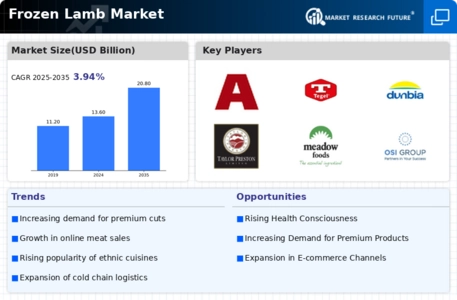
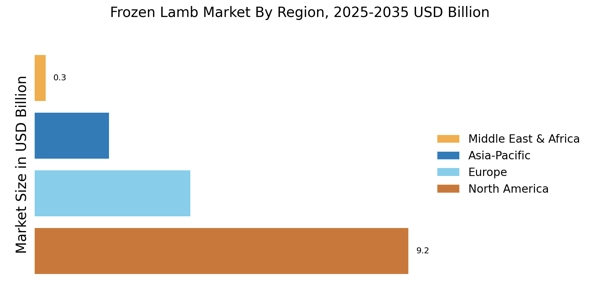
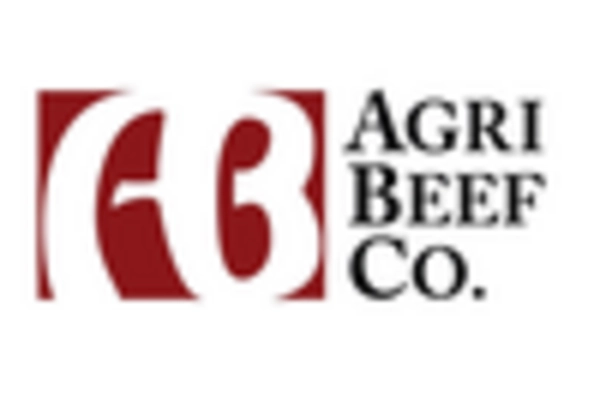
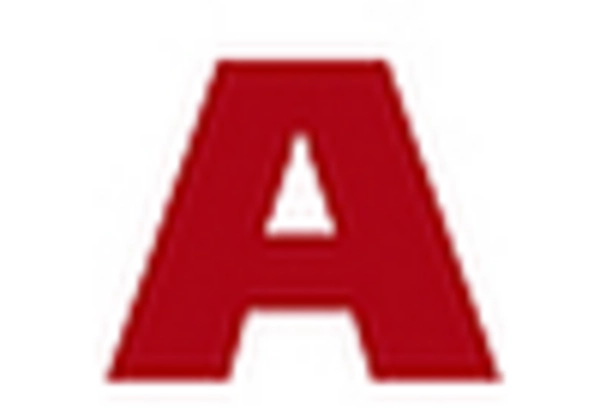
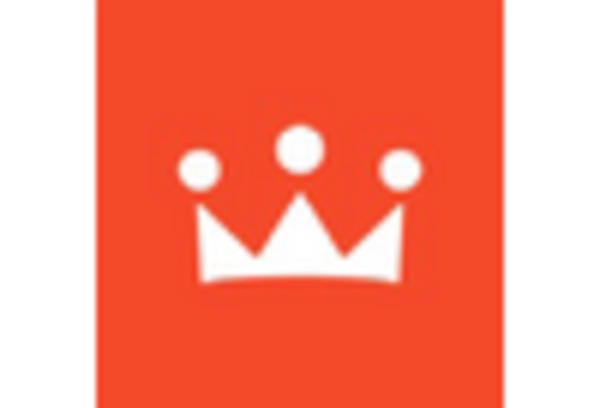
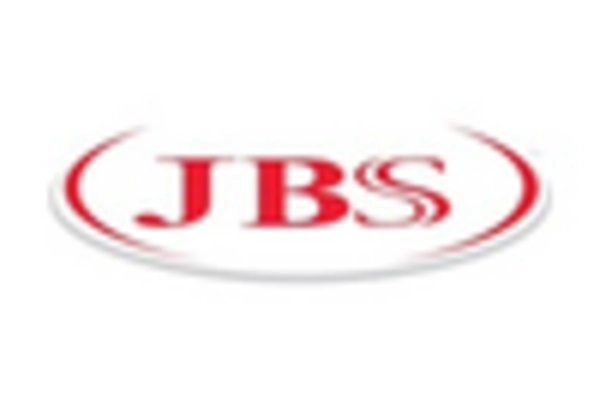
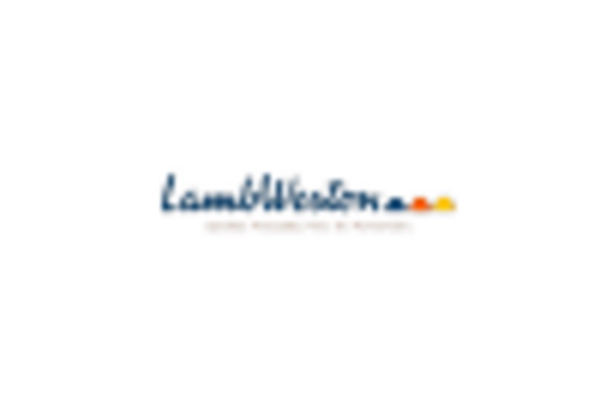
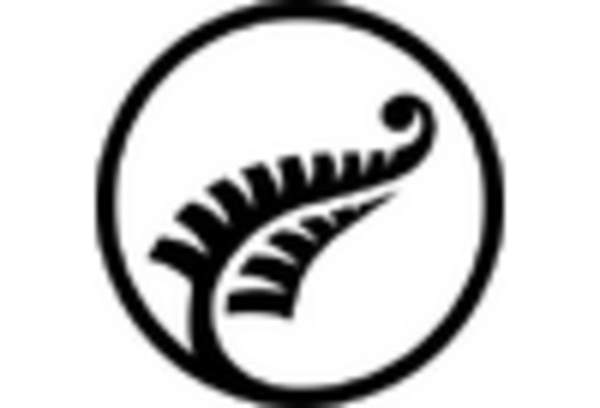








Leave a Comment